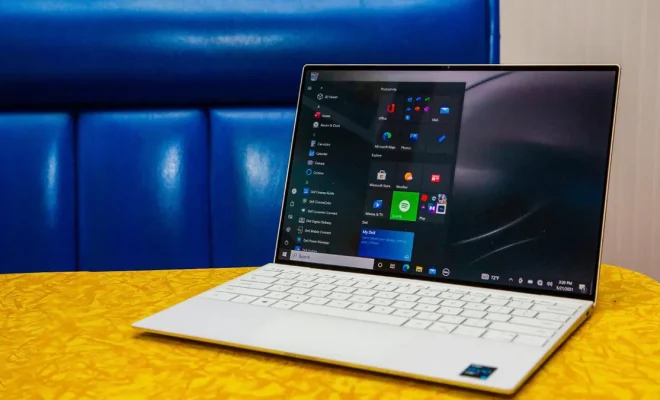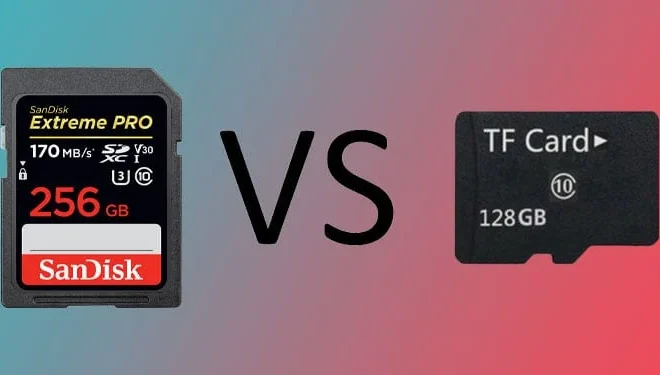How to Fix the Driver Power State Failure in Windows 10

If you’re a Windows 10 user and you’ve encountered a blue screen of death with the message “Driver Power State Failure”, don’t worry – you’re not alone. This error is typically caused by a problem with a driver that is either outdated or incompatible with the Windows operating system. Fortunately, there are several steps you can take to fix the issue and get your computer back up and running.
Step 1: Update Your Drivers
The first thing you should do when encountering a driver power state failure is to update your drivers. You can do this by going to your Device Manager, locating the device with the problematic driver, right-clicking on it, and selecting “Update Driver Software.” Windows will then search for and install the latest driver updates for your selected device.
Step 2: Disable Power Management Settings
Another potential cause of a driver power state failure is power management settings that are not configured correctly. To fix this, you can disable power management settings for the device with the problematic driver. To do this, go to your Device Manager, locate the device, right-click on it, select “Properties,” go to the “Power Management” tab, and uncheck the box that reads “Allow the computer to turn off this device to save power.”
Step 3: Use System Restore
If updating your drivers and disabling power management settings doesn’t fix the issue, it’s possible that a recent change you made to your system is the root cause of the problem. In this case, you can use the System Restore feature to revert your computer’s settings to an earlier time. To do this, search for “System Restore” in the Windows search bar, select “Create a restore point,” click on “System Restore,” and follow the on-screen instructions.
Step 4: Check Hardware
If all else fails, it’s possible that the driver power state failure is caused by a hardware issue such as a failing hard drive or faulty RAM. In this case, you should run a system diagnostic test to check your hardware. To do this, restart your computer and press the designated key to enter the Diagnostic Mode. You can then use the built-in diagnostic tool to test your hardware and identify any potential issues.






